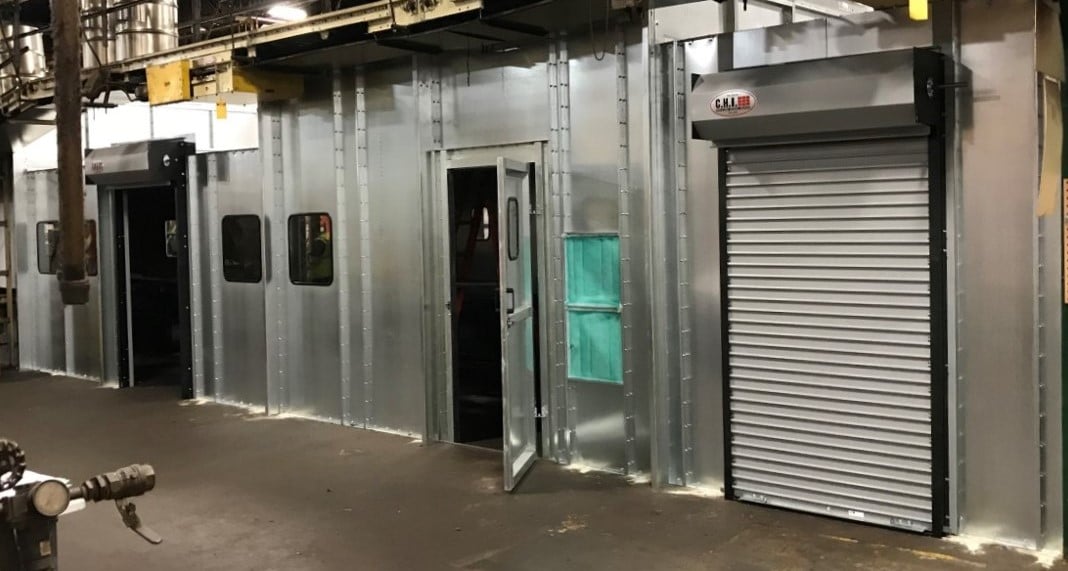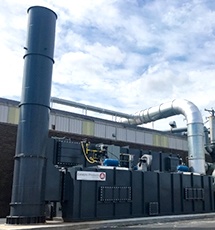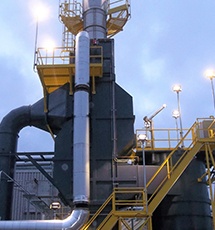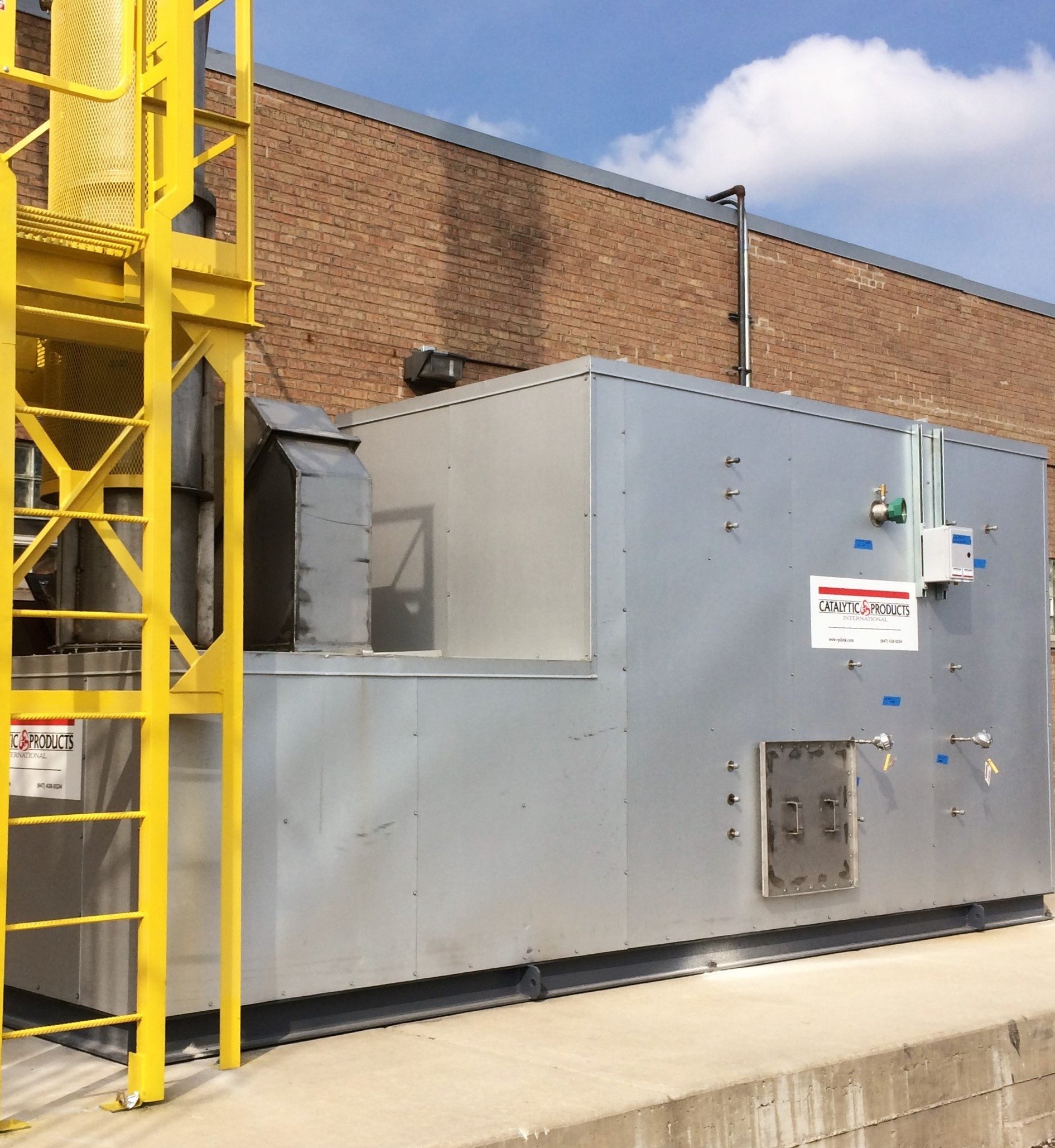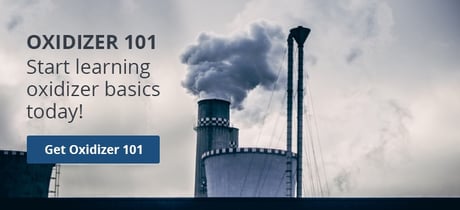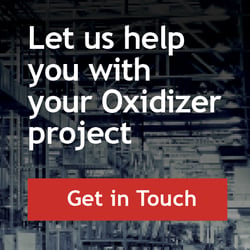Memories are a funny thing. Walking into a bakery the other day sent me back in time. I thought of growing up in Chicago, walking to school on a beautiful Spring day, and experiencing the smells of all sorts of wonderful things as I got close to the local bakery. Every once in a while, I would stopped in and treated myself to a fresh chocolate chip and custard Danish, which of course I had to go to the bakery this morning to and get some (ok, two) so I could provide you with this delicious image:

Read More
Topics:
Air Pollution Control,
Catalytic Oxidizer,
Blog
Did you know that the first crewed spacecraft to leave Earth's orbit, reach Earth's moon, orbit it, and return safely to Earth (Apollo 8) was launched into space using the Apollo Guidance Computer (AGC), which had a real time operating system which enabled the astronauts to enter simple commands to control the spacecraft? The AGC was introduced in 1966 with approximately 64KB of memory, and it operated at 0.043MHz and weighed in at a mere 70 pounds (think of a toaster with start/stop/defrost buttons that would require "Team Lift" stickers on the box) yet was able to guide astronauts from the Earth to the Moon and back.
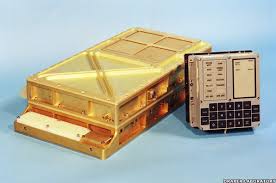
Read More
Topics:
Air Pollution Control,
Maintenance and Repairs,
Blog
Spring has sprung; the sun is shining longer, flowers and trees are blooming, and the snow is gone (well, in most parts anyway). Plans are being made for summer vacations, graduations, weddings, and oxidizer maintenance.
Read More
Topics:
Air Pollution Control,
Maintenance and Repairs,
Blog
Volatile Organic Compounds (VOCs) are pre-cursors to Ozone pollution and subject to EPA regulations. Thermal and catalytic oxidizers are routinely used to destroy VOC emissions from a variety of industrial sources.
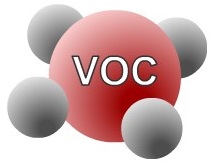
Read More
Topics:
Air Pollution Control,
VOC Emissions,
Thermal Oxidizer,
Catalytic Oxidizer,
Blog
At Catalytic Products International, we have a great staff of knowledgeable, dedicated professionals that provides quality air pollution control solutions to our customers, but we also work with a wide variety of partners to ensure that our clients have all the right equipment in place. In this installment of our series of Expert Interviews, we spoke with Skip Abbott, a sales rep for the New York Blower Company.
Read More
Topics:
Air Pollution Control,
Expert Interviews,
Blog
Fugitive emissions are what we call the uncontrolled release of gases into the atmosphere. This is something that happens regularly; in fact, fugitive emissions can be released when we fill our cars' gas tanks. The air that is displaced inside a gas tank that is being filled causes hydrocarbons in the form of gasoline vapor emissions to exit from the fill spout into the atmosphere in an uncontrolled manner. Some states seek to limit these fugitive emissions by requiring gas stations to use "Vapor Recovery" nozzles which capture this vapor and return it to the gas station's underground gasoline tanks, reducing the "loss" of gasoline and creating less air pollution.
Read More
Topics:
Air Pollution Control,
VOC Emissions,
Blog,
Emissions Capture
Fugitive emissions are the uncontrolled release of gases into the atmosphere. This is something that occurs regularly; in fact, it often happens when we fill our cars' gas tanks. The air being displaced inside the gas tank when it is being filled causes gasoline vapor emissions (hydrocarbons) to exit into the atmosphere in an uncontrolled manner. However, some states do require the use of "Vapor Recovery" nozzles to capture these vapor emissions and return them to the gas station's underground gasoline tanks, where the vapors become liquid again, reducing the "loss" of gasoline and creating less air pollution.
Read More
Topics:
Air Pollution Control,
VOC Emissions,
Blog,
Emissions Capture
Fugitive emissions, in their simplest form, are the uncontrolled release of gases to the atmosphere. Each one of us may contribute fugitive emissions when we fill our automobile gas tanks. The displacement of air inside the gas tank causes gasoline vapor emissions (hydrocarbons) to exit out the fill spout (un-controlled) to the atmosphere. Some states require the use of "Vapor Recovery" nozzles which capture the vapor emissions, returning them to the underground gasoline tanks. The vapors then become liquid again, reducing the "loss" of gasoline, as well as removing hydrocarbons from the air, which means less air pollution.
Read More
Topics:
Air Pollution Control,
VOC Emissions,
Blog,
Emissions Capture
Catalytic Products International has a rich history of innovation and expertise in the field of air pollution control technology, as well as a goal of providing our customers with the knowledge that will help them meet their air pollution control needs. As part of our ongoing series of blogs in which we interview members of CPI’s team, we spoke to Dennis Lincoln, the company’s former president (who is now retired).
Read More
Topics:
Air Pollution Control,
Expert Interviews,
Blog
Here on the CPI blog, we regularly feature interviews with our team members, looking at the many ways our air pollution control experts can provide value to our clients. Today, we’ve got something special: a look at CPI’s early years with our founder, Erwin C. Betz.
Read More
Topics:
Air Pollution Control,
Expert Interviews,
Blog










